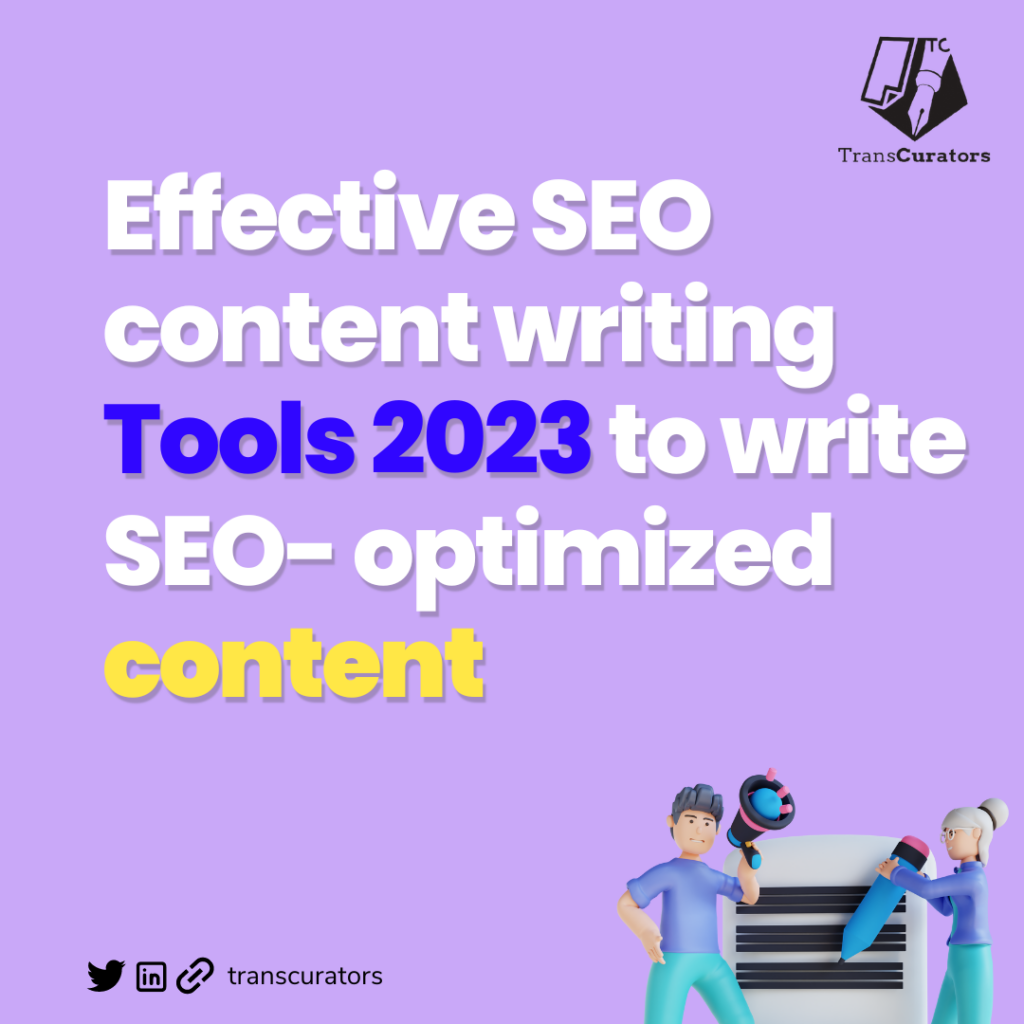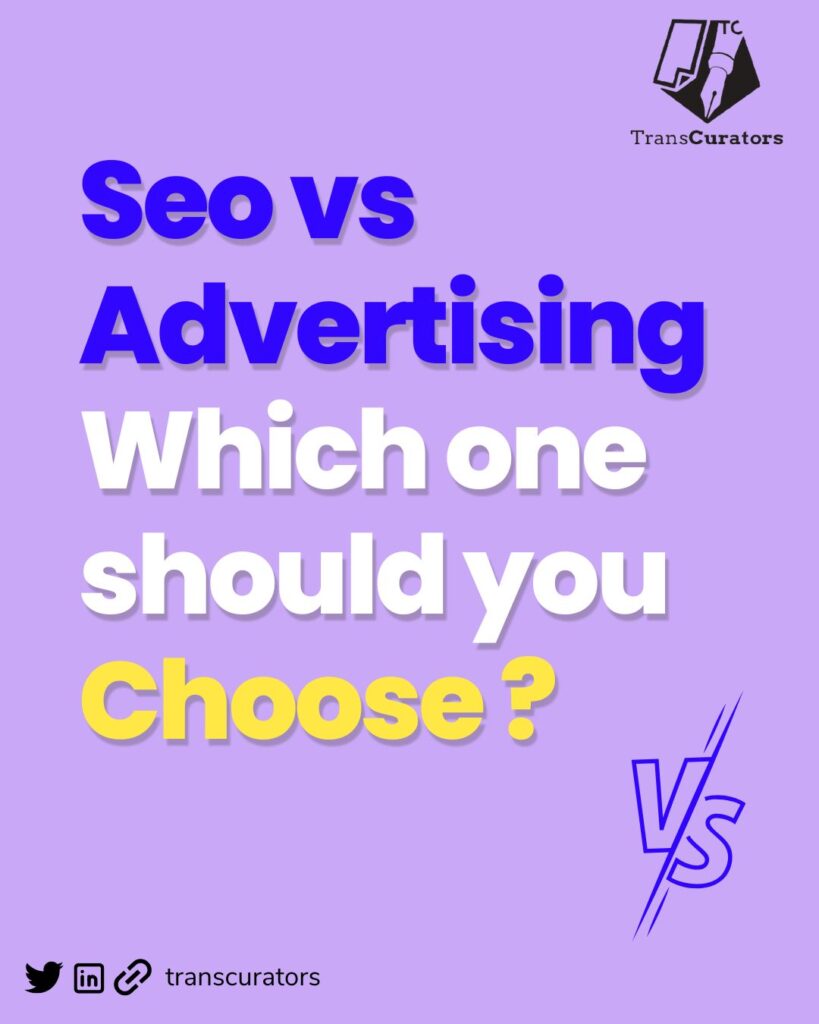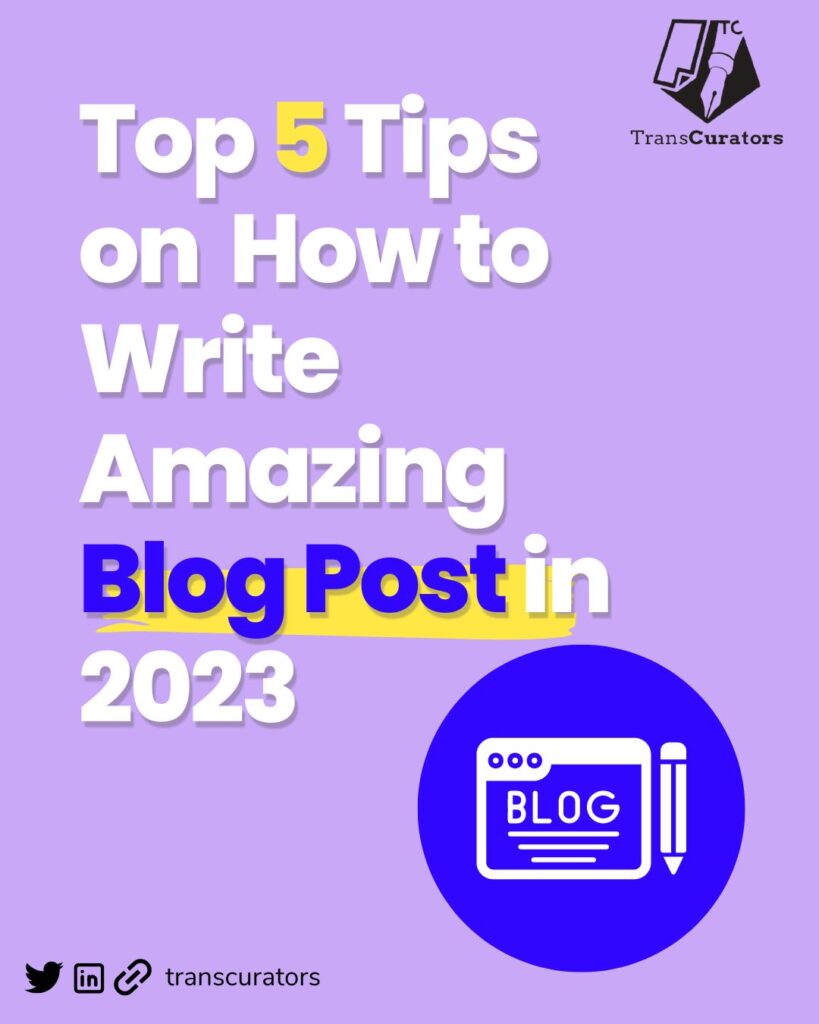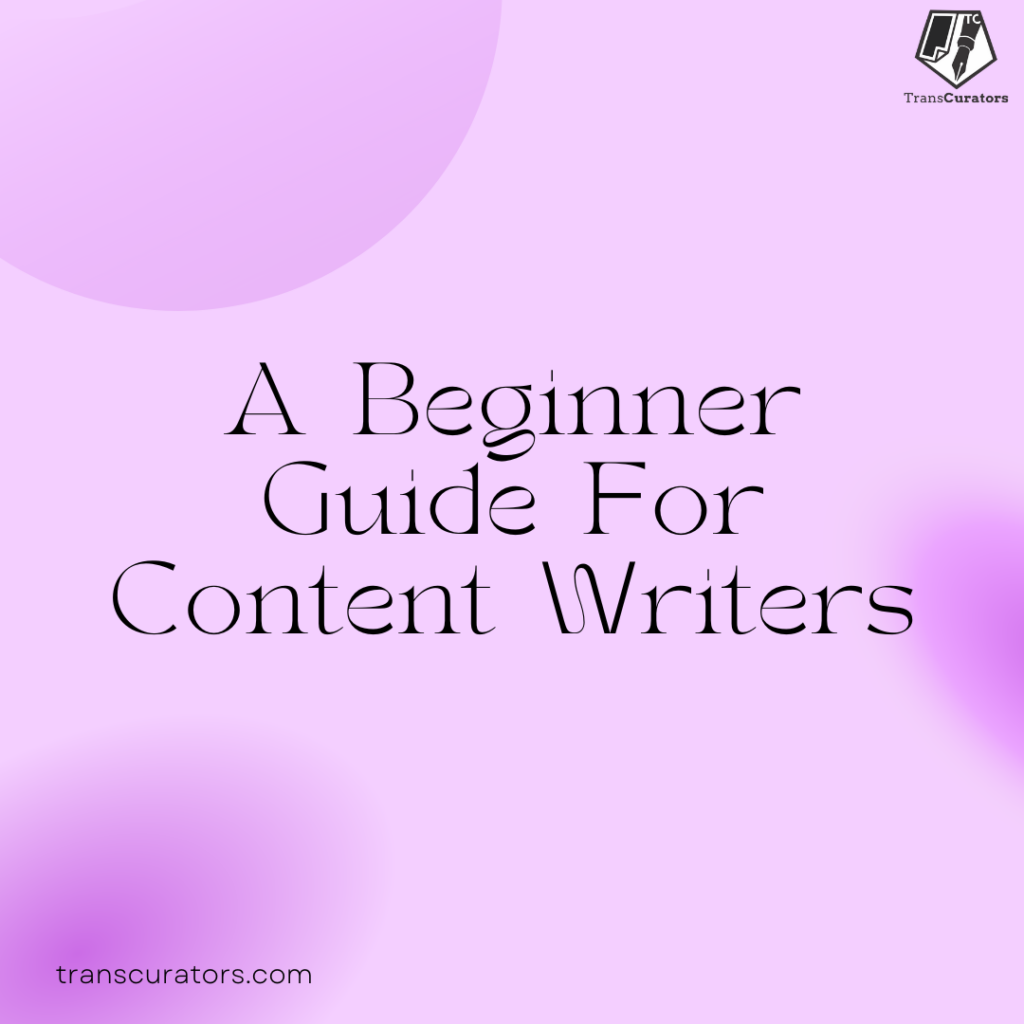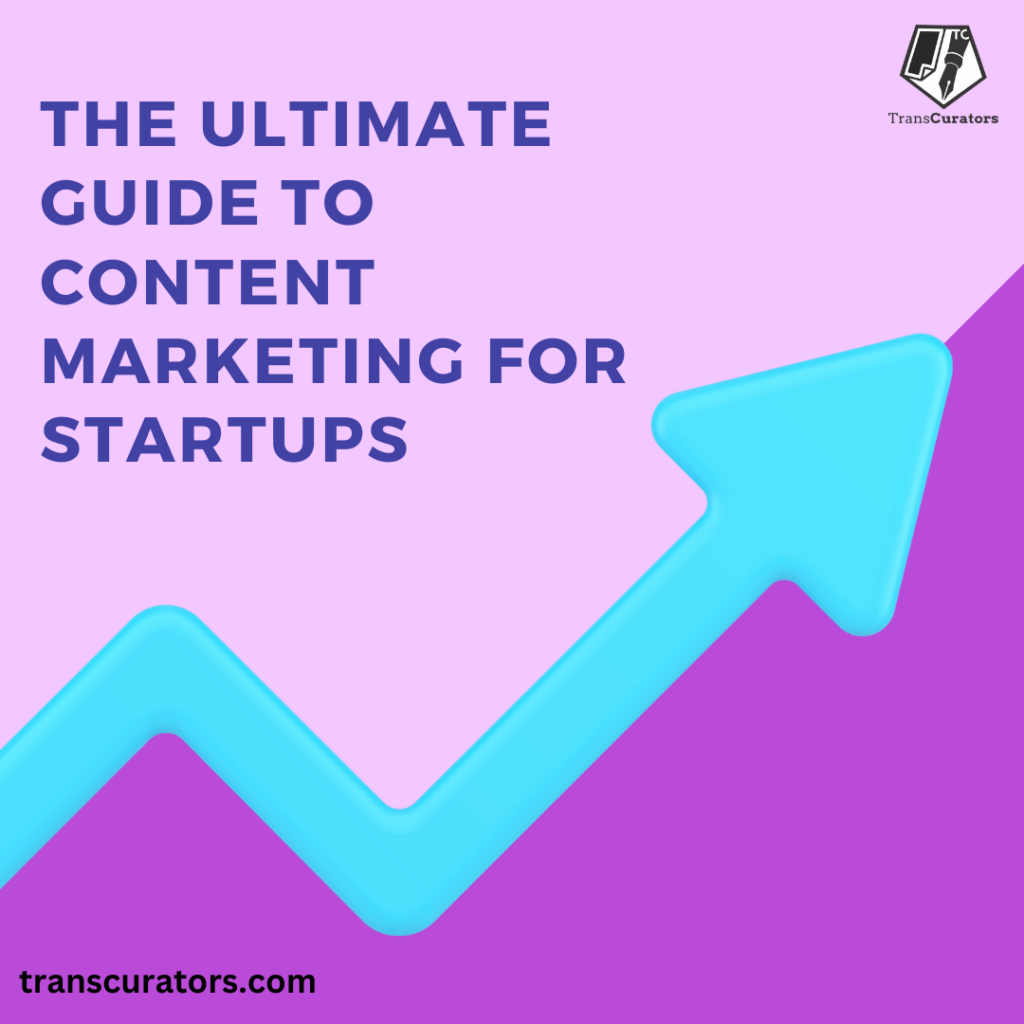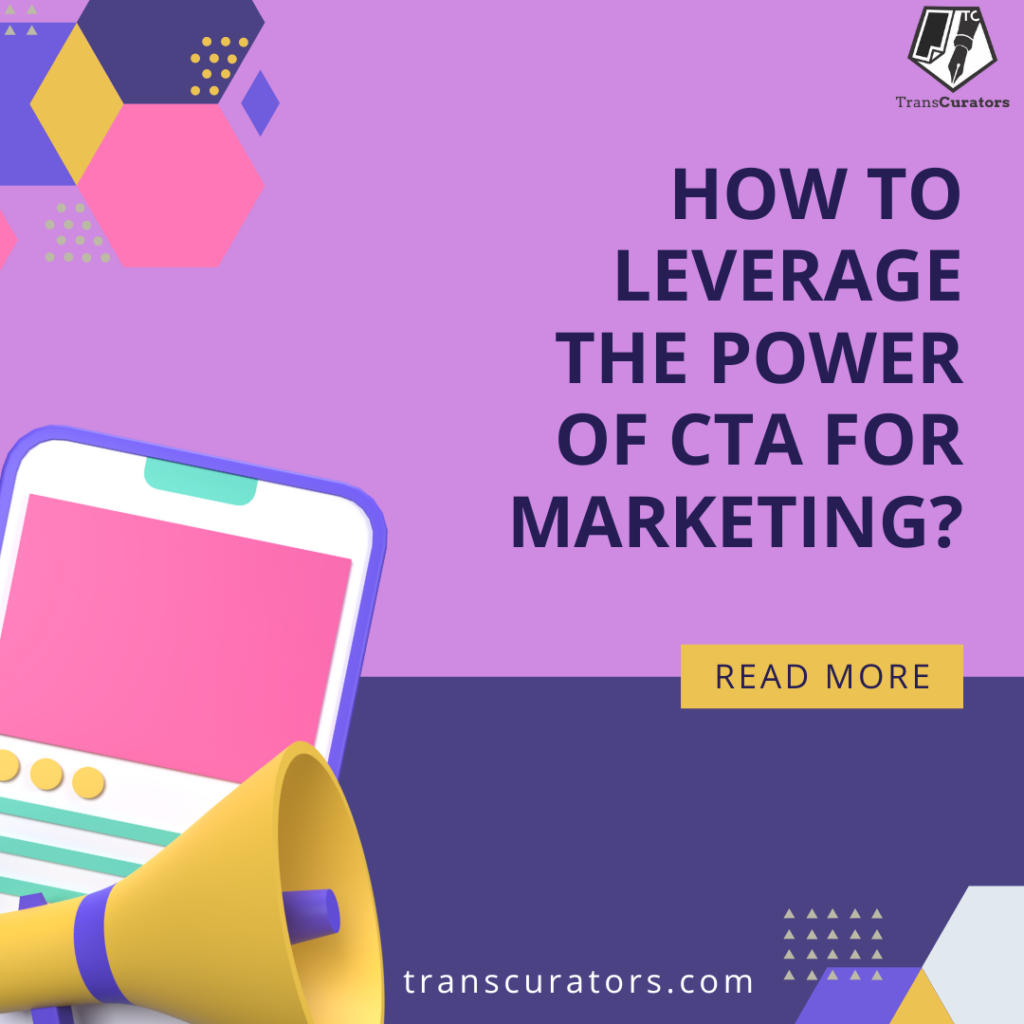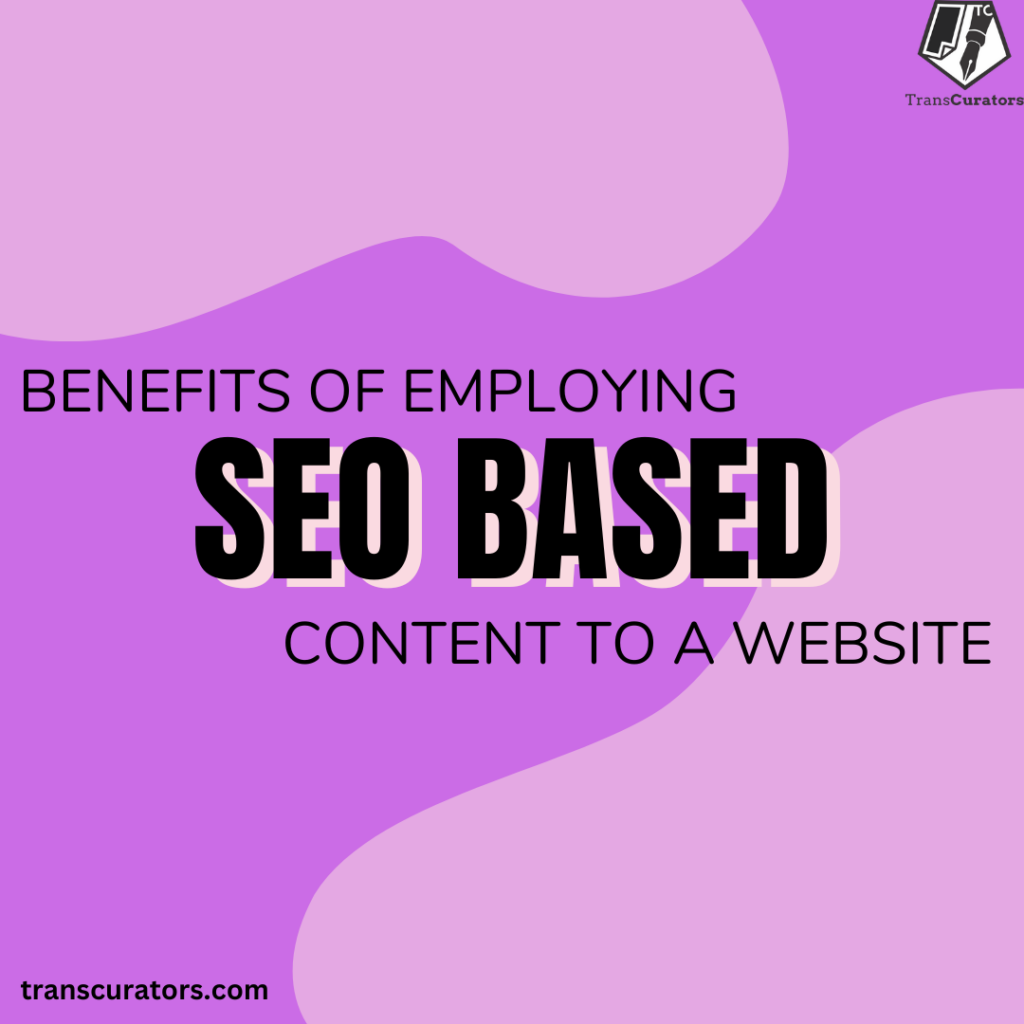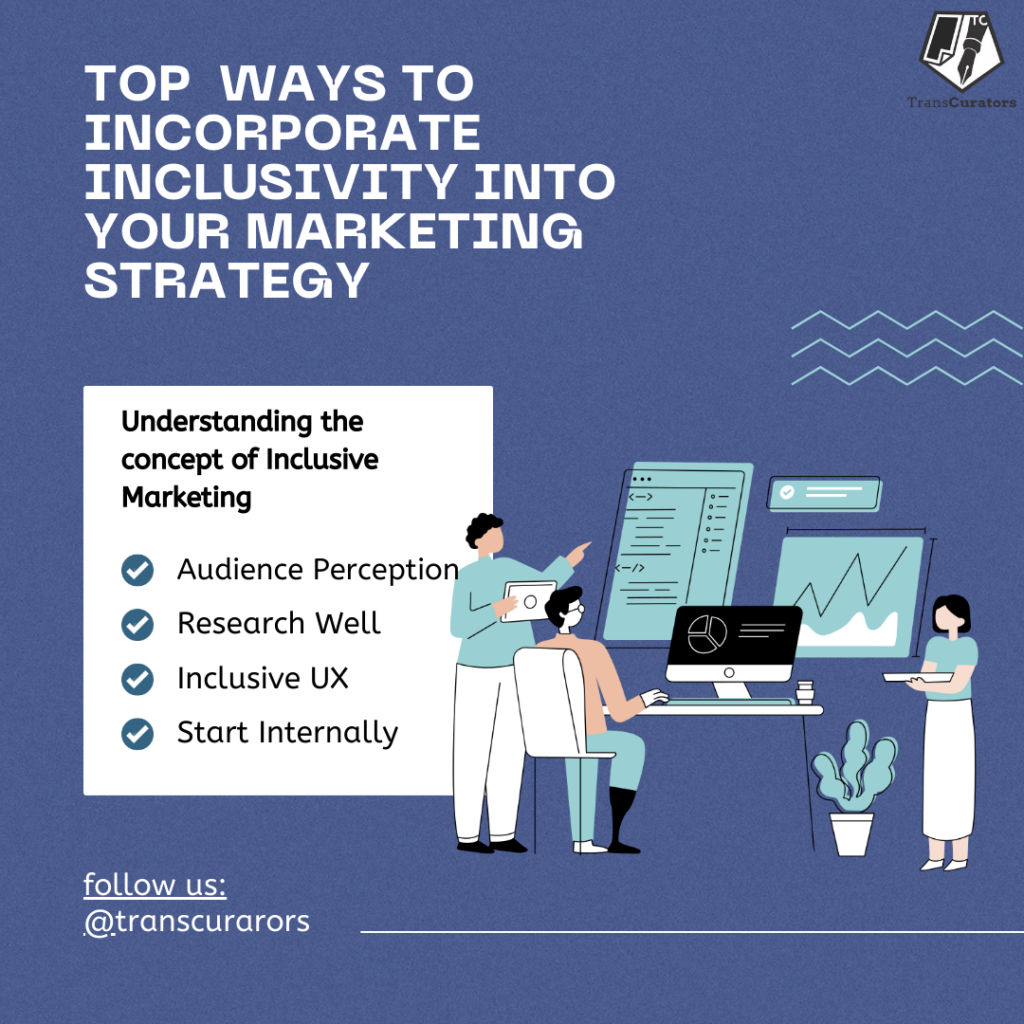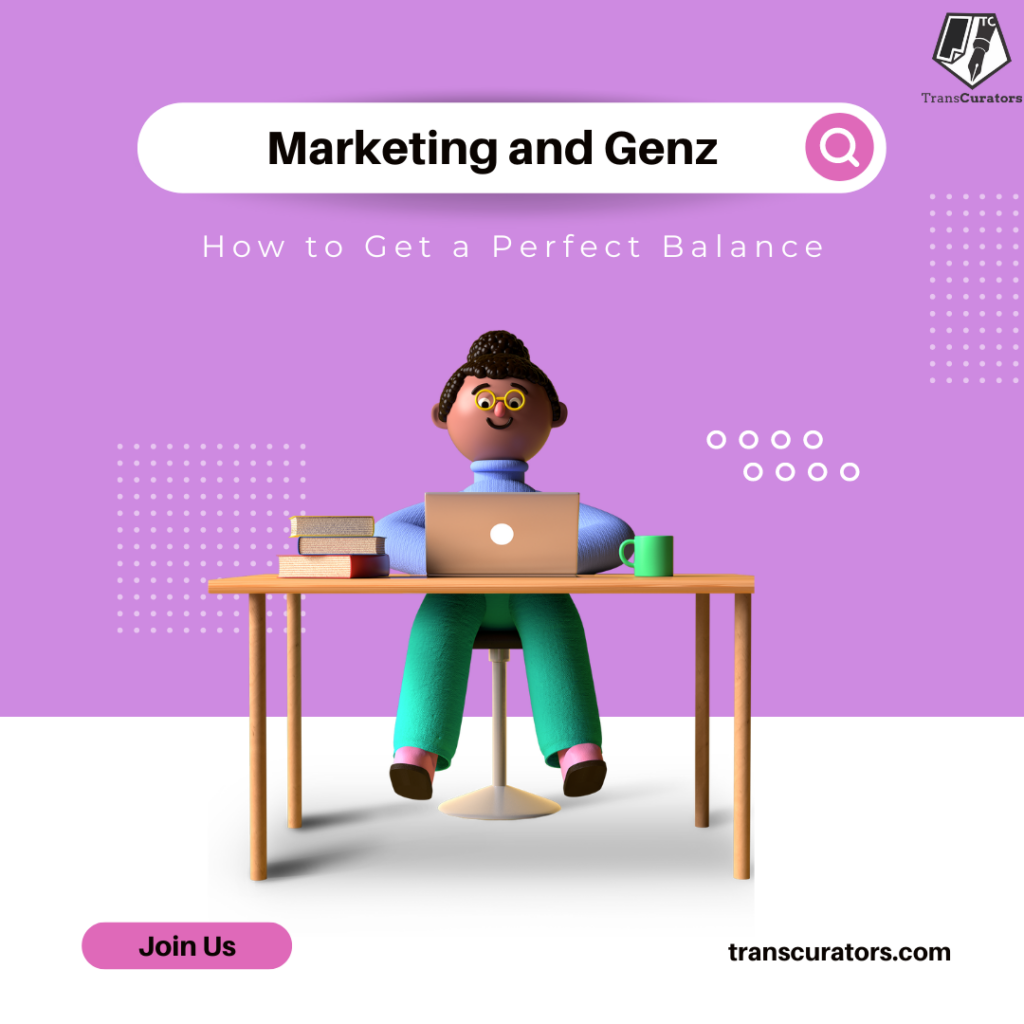Effective SEO Content Writing Tools 2023 to write SEO-Optimized content
Introduction In today’s digital era, including search engine optimization (SEO) as a vital component of any successful online marketing plan is imperative. Developing SEO-optimized content is crucial to attain higher ranks on search engine results pages and drive more website traffic. Nonetheless, crafting high-quality content that is both captivating and SEO-friendly can be a daunting task. Fortunately, there are a plethora of efficient content writing tools that can aid in producing SEO-friendly content and streamline the process. This article aims to explore some of the most effective SEO content creation tools available in 2023. Tools for SEO-Optimized Content Among the myriad of available tools, some of the most notable ones include: 1. Grammarly Using Grammarly as a writing tool can be highly advantageous in creating SEO-optimized content. The tool effectively detects and resolves grammatical, spelling, and punctuation errors that can adversely impact the content’s search engine ranking. Its real-time SEO checker feature provides suggestions to improve the target keywords, meta descriptions, and title tags, streamlining the optimization process for search engines. With Grammarly, content creators can generate top-quality, grammatically correct, and SEO-friendly content. 2. Frase In today’s digital age, AI content writing tools are becoming increasingly important for creating effective online marketing strategies. Frase is one such tool, utilizing artificial intelligence to aid content writers in optimizing their content for search engines. By analyzing search engine results pages (SERPs), Frase suggests the most relevant keywords and phrases included in the content. In addition, Frase’s built-in content optimization feature analyzes the content for SEO criteria and provides suggestions for improvement. With Frase, content writers can easily produce high-quality, SEO-friendly content that is more likely to rank higher on search engines. 3. SEMrush SEMrush is a complete SEO suite with various tools for improving website traffic and rankings. The Content Analyzer tool in SEMrush provides content writers with insights into how their content performs from an SEO perspective. Additionally, the Keyword Magic Tool enables content writers to find new keyword opportunities and optimize their content with valuable insights. 4. Jasper.ai Jasper.ai is another AI-based writing tool that helps content writers with keyword optimization and provides suggestions for improving their content’s overall readability and structure. Jasper.ai analyzes content for grammar and style and recommends improvements to make it more engaging and SEO-friendly. Content writers can create high-quality content optimized for search engines and user engagement using Jasper.ai. 5. Surfer SEO content writing can be a challenging task, as it requires content creators to balance the demands of search engines with the needs of their audience. Luckily, tools like Surfer can help simplify the process. Surfer is an AI-powered on-page optimization tool that analyzes SERP data and provides writers with a checklist of essential items to include in their content, such as word count, keyword density, and content structure. Furthermore, Surfer offers recommendations for improving content based on competitor analysis. This tool can assist content writers in developing engaging and informative content that meets search engine standards. Conclusion In the year 2023, creative content writing and SEO-optimized content writing tools will be essential components of online marketing. Utilizing effective tools can significantly enhance the effectiveness of online marketing strategies. Developing SEO-friendly content is crucial to achieve higher ranks on search engine results pages and driving more website traffic. Fortunately, many efficient tools aid in producing creative and SEO-friendly content, including Grammarly, Frase, SEMrush, Jasper.ai, and Surfer. Integrating these tools into the content development process can expedite the optimization process and boost website traffic, leading to the success of an online marketing strategy.
